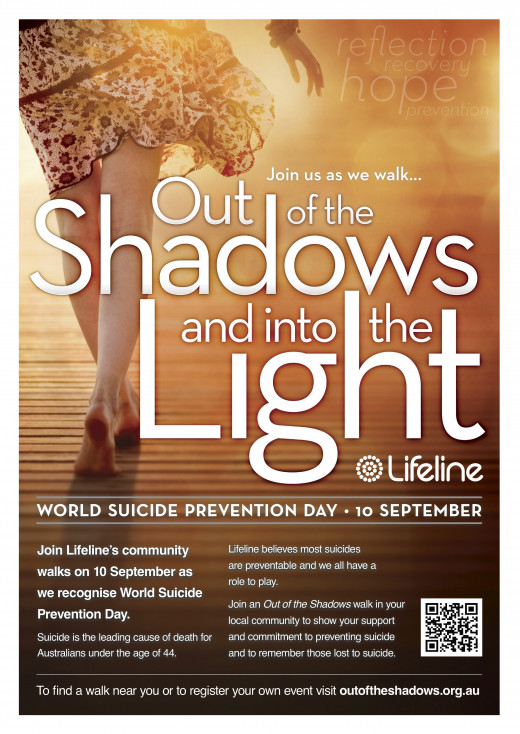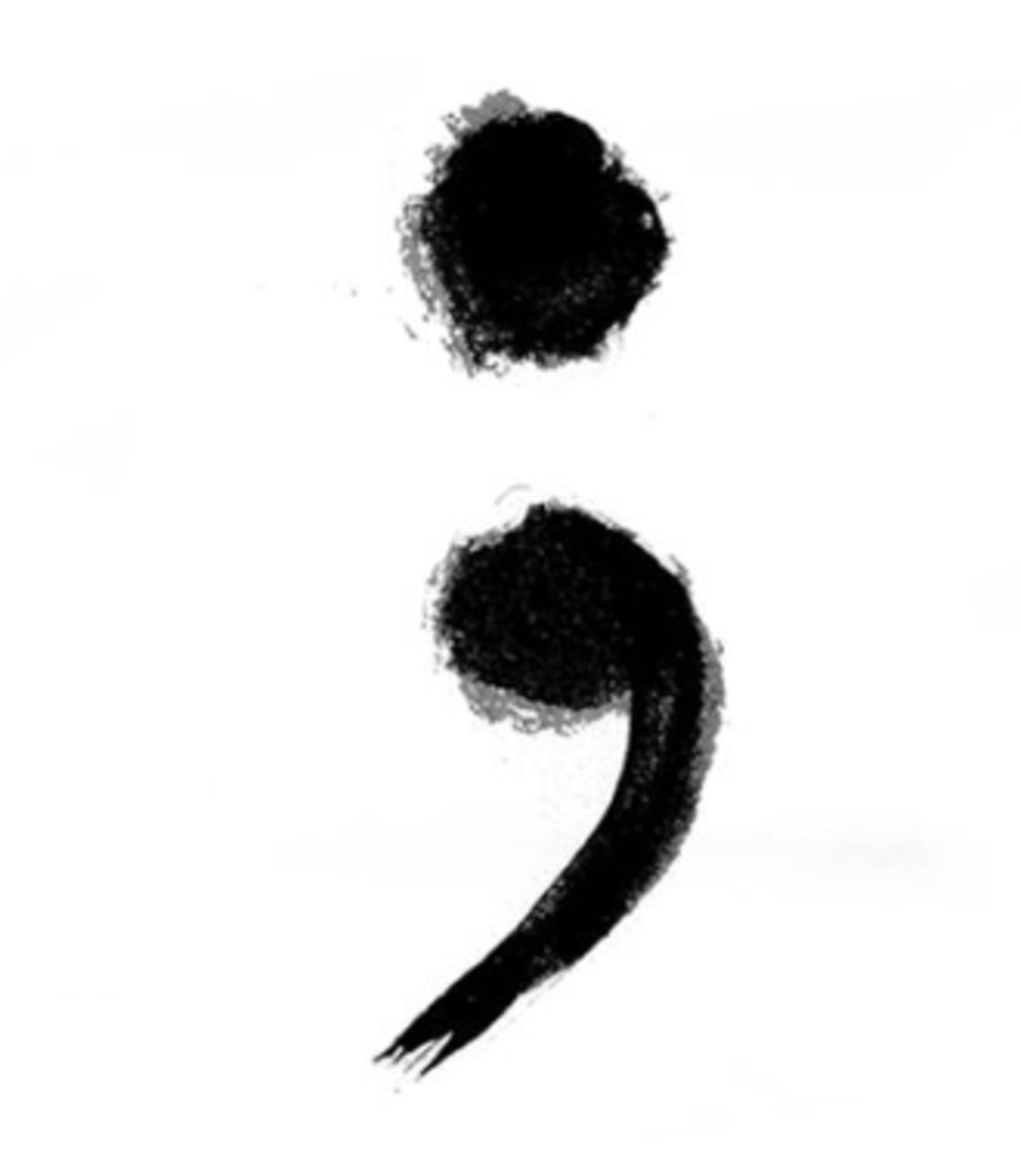Youth Suicide Risk Increased in a Number of Different Disorders





World Suicide Prevention Day
Why Is It Still Happening?
World Suicide Prevention Day has recently taken place globally and In spite of increased community and educational awareness suicide is still responsible for most youth deaths world wide. Each year approximately 1 million desperate people across the globe say no to life and suicide. ( WHO, 2004 ) Even though statistics tell us that suicide rates have declined in the past decade, the rate of mental health disorders in youth has not changed, and in fact have increased . Many professionals working with adolescents believe that this is a key reason why suicide is one of the leading causes of death in young people aged 15 to 25 years. In Australia 1 in 5 school age children are diagnosed with depression and 1 out of 10 are diagnosed with Anxiety. In an average school classroom of 30 students that equates to 6 students with depression and 3 with anxiety.
World Health Stats Suicide tops the list across the globe before other causes of death such as violence or traffic accidents, to claim the most common cause of death in young female adolescents, and takes third place as most common cause of death in male adolescents.
While it is no surprise to learn that substance abuse, family break down and violence including physical, emotional and sexual abuse are major risk factors for youth suicide, this article will highlight risk factors associated with mental health disorders and their implications for youth on suicide.
Some General Stats.
- Suicide rates have increased across the Western world exponentially since 1960, particularly in older teen males. In America, Australia, Canada, Britain and New Zealand suicide rates have doubled in the 15 to 25 year age group which correlates with the high increase in anxiety and depression in late teen and early twenty year olds. Although recent research shows in the past 10 years that there has been a decline overall globally, much still needs to be done to ensure less loss of life.
- There is some evidence to indicate that troubled Gay and Lesbian youth more often attempt suicide than do their heterosexual peers.
- Teenage suicides are often linked to depression and or substance abuse; may follow a traumatic event such as a break up of a relationship; or school bullying; can soon follow another known suicide and be seen as copy cat suicides.
Suicide in Australia:
Australian Bureau of Statistics
According to it's 2010 publication titled 'causes of death' the (ABS) indicates that, suicide was still the leading cause of death for young people aged 15-24.
And reassuring as it is to find that;
- The age-standardised rate of suicide in Australia has declined from 12.7 deaths per 100,000 persons in 2001 to 10.5 deaths per 100,000 in 2010.
- Young males (15-34 years of age) have had the sharpest decline in suicide; the rate of suicide declined by 34% for 15-24 year olds and 46% for 25-34 year olds between 2001 and 2010.
It is still cause for concern that;
- Males continue to account for approximately three in four suicide deaths.
Reach Out
The Australian initiative ReachOut.com, a leading youth mental health service who provide online help for young people 24 hours a day state that;
- In Australia 1 in 4 young people live with a mental illness.
- In the average classroom of 30 students 7 young people will have experienced a recognized mental health difficulty but only 2 will have sought professional help. At least 1 will have attempted suicide.
- It has been found that most mental illness begins before a young person turns 25 in about 75% of all diagnoses.
Depression and Anxiety are Major causes of Youth Suicide
- Depression has been found to be a leading risk factor. A Mental health illness such as depression which reduces the rate of serotonin in the brain needed for mood control can change the way people think and make it difficult to see a way through their problems. Feelings of hopelessness and despair can in turn cause a young person to feel trapped, overwhelmed and negative about their future and can pave the way for suicidal ideation to occur.
- Anxiety In the past anxiety had not been considered as a stand alone trigger for suicide and in recent years studies are leaning toward the conclusion that anxiety is a high risk factor particularly with other co morbid conditions such as impulsivity, obsessive compulsive disorders etc. Current empirical studies on the link between anxiety and suicidality in youth in the last 5 years are rather scarce and more research is necessary, but anxiety as with depression is a known high risk factor for suicide and in itself has significant impact on youth mental health.
Warning signs ( taken from Fact sheet 14 Youth Beyond Blue )
-
Not all pre suicidal warning signs are clear and many people miss significant signs that indicate a young person's vulnerabilty for suicide. Signs for instance such as anger and irritability are more prevalent in young men than perhaps hopelessness and despair in older men and they are often thought of as 'just an angry kid'. However some of the following may be an obvious indicator that a young person could be contemplating suicide.
- a sense of worthlessness, feeling hopeless, pessimistic about the future and finds it hard to find anything to live for.
- feels overwhelmed, trapped and can't see a way out of their problems
- talks, writes or draws pictures about themselves or others dying
- refuses to go out, spends long hours in their room on their own away from family and friends
- hits drugs and alcohol excessively
- wants to give away their personal belongings
- participates in dangerous activities, often those that threaten their life
Recent Article An interesting article taken from the Psychotherapy & Counseling Federation of Australia, September 1, 2012 confirms that strengthening family relationships is a strong protective factor against suicide:
'Intervention with suicidal adolescents should target protective processes such as strengthening family relationships which have long lasting effects compared to individual therapy. Treating depression is not enough to reduce suicidal risk in young people, impulsivity and aggression must also be targeted'
WARNING
When young people disclose ideas about suicide even in jest, or make an attempt to self harm or suicide, it is imperative to take it seriously and understand that they are emotionally desperate and it is a cry for help. It is also vital to be aware that in almost every disclosure, joke, diary entry etc that there are underlying mental health problems such as depression which need to be treated. If you know or work with a young person and have observed these or other similar behaviors it is imperative that they get help immediately and contact one of the following helplines;
United States Ring 911 or National Suicide Prevention Lifeline 1800 273 TALK
Australia Ring 000 or
Lifeline 131114 or Online web chat www.lifeline.org.au
Kid's Helpline - 1800 55 1800 or Online web chat www.kidshelp.com.au
Current Research Brings Hope for Future
The European Symposium of Suicide and Suicidal Behavior (ESSSB) took place in Israel in September. A great deal of current research was presented which will in time contribute to changes in practice, and hopefully make a difference in saving young lives.
Resources
- Teen Suicide is Preventable
Teen suicide is the third-leading cause of death for young people ages 15 to 24. According to experts, suicidal distress can be caused by psychological, environmental and social factors such as mental illness and substance abuse. - Australian Psychological Society : The treatment of depression in young people
The treatment of depression in young people - Australian Psychological Society : Youth, schools and suicide: tackling the youth suicide industry
- Fact sheet 14: Suicide - know when to get help « Youthbeyondblue
- Anxiety disorders and risk for suicidal ... [Arch Gen Psychiatry. 2005] - PubMed - NCBI
PubMed comprises more than 22 million citations for biomedical literature from MEDLINE, life science journals, and online books. Citations may include links to full-text content from PubMed Central and publisher web sites. - Home | Reach out Australia








